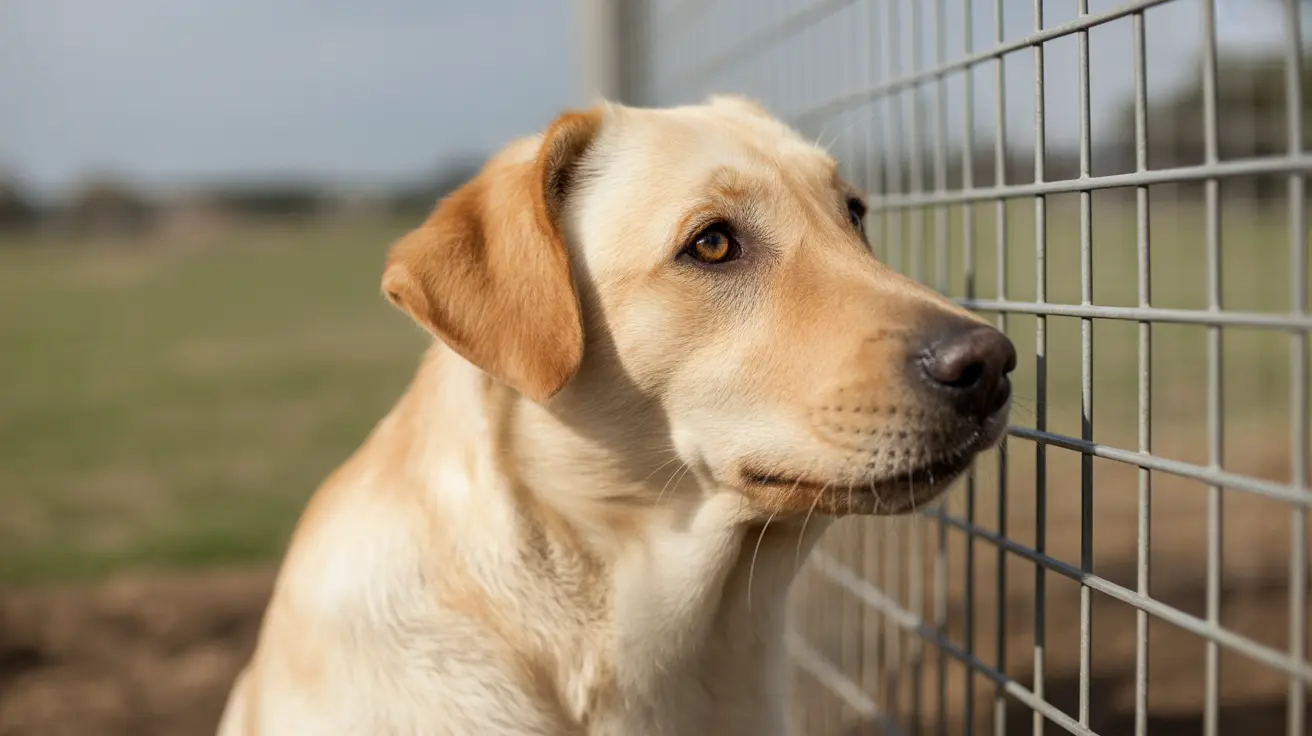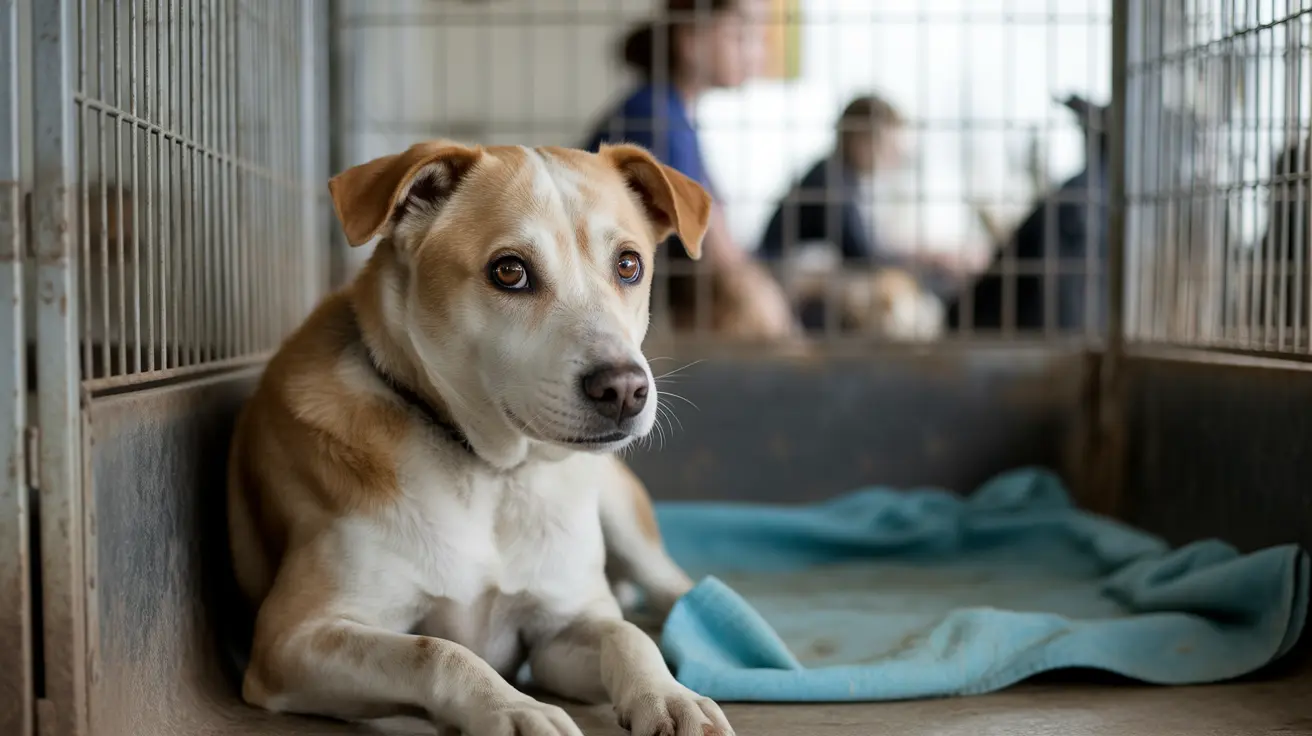Why You Should Never Feed Your Dog Raw Pork
Feeding your dog a safe and nutritious diet is vital to ensuring their long-term health and happiness. While protein is an essential component of a dog’s diet, not all types of meat are equally safe. One particular meat stands out as a serious health risk:
raw pork. Though many pet owners may believe that raw diets mimic what wild ancestors consumed,
raw pork carries significant dangers that outweigh any perceived benefits.
The Dangers of Raw Pork for Dogs
Pork, especially when uncooked or undercooked, poses serious risks to dogs. The primary reasons raw pork should never be fed to dogs include:
- Parasites: Raw pork can carry parasites such as Trichinella spiralis, which causes trichinosis—a potentially life-threatening illness marked by fatal digestive or neurological symptoms in both humans and pets.
- Bacterial infections: Raw pork can harbor harmful bacteria like Salmonella and Listeria, which can severely impact your dog’s gastrointestinal tract and overall health.
- High fat content: Pork has a high fat level which can be difficult for dogs to digest. Excessive fat intake can lead to pancreatitis, a painful and potentially fatal condition.
- Seasonings and additives: Pork prepared for humans often contains seasonings, garlic, onions, or sauces that are toxic to dogs even in small amounts.
Symptoms of Illness from Raw Pork
If a dog ingests raw or undercooked pork, symptoms may develop within hours to days. These include:
- Vomiting
- Diarrhea
- Lethargy
- Muscle stiffness or pain
- Seizures
- Fever and swelling
In such cases, immediate veterinary intervention is necessary, especially if a parasitic infection is suspected.
Is Cooked Pork Safe for Dogs?
Properly cooked and unseasoned pork can be fed to dogs in moderation. However, you must:
- Ensure the meat has been cooked thoroughly to remove all pathogens.
- Avoid giving fatty cuts, as they can still trigger digestive upset.
- Never feed pork bones—cooked or raw—as they can splinter and cause internal injuries or blockages.
Safe Meat Alternatives for Dogs
If you're looking to incorporate meat into your dog’s diet, consider these safer options:
- Chicken: Lean, skinless, and properly cooked chicken is excellent for dogs.
- Turkey: Another lean protein source, especially when offered plain and well-cooked.
- Beef: A protein-rich option if it’s unseasoned and fully cooked.
- Fish: Salmon and whitefish deliver omega-3 fatty acids and protein, provided they are cooked and deboned.
Tips for Safely Feeding Meat to Dogs
To ensure your dog enjoys a balanced and safe diet:
- Always cook meat to a safe internal temperature.
- Remove bones, excess fat, and seasonings.
- Serve meat in small, bite-sized portions.
- Introduce new proteins slowly and observe for allergic reactions.
- Consult your veterinarian before changing your dog's diet significantly.
Conclusion
While meat can be a vital part of a dog’s diet,
raw pork should never be included. Its risks—from parasites to dangerous bacteria—make it a food to avoid entirely. Opt instead for thoroughly cooked and plain meats like chicken, beef, and turkey. Your dog’s health and safety should always come first when choosing what to put in their bowl.





